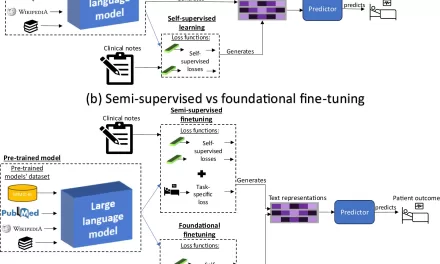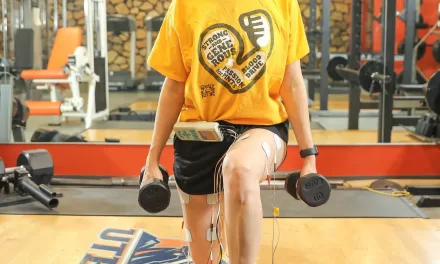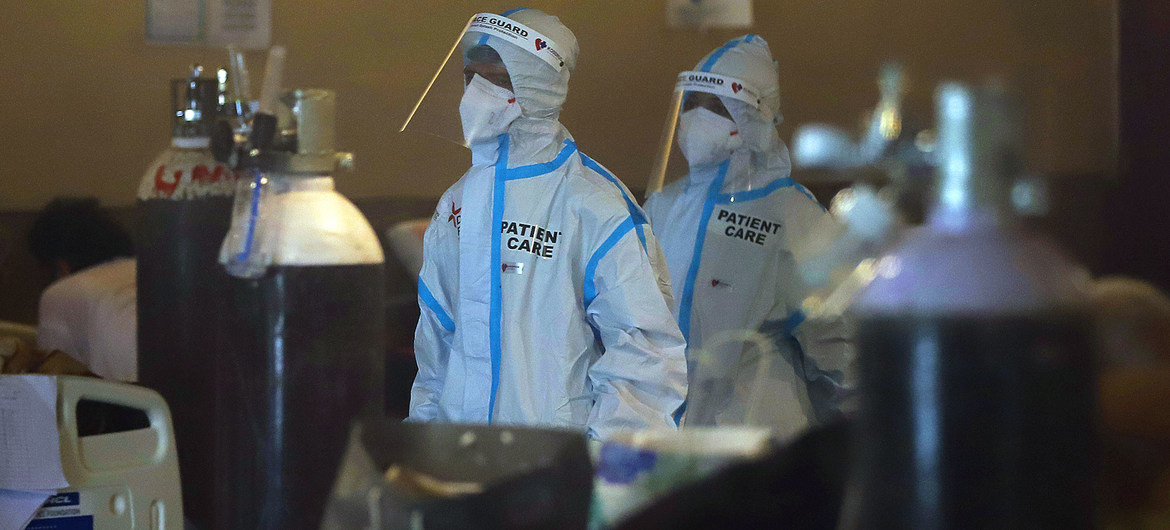Stanford, CA — Vaccines, while a powerful tool in combating diseases, have limitations that could be addressed with innovative approaches. Stanford University researchers have introduced a new vaccine adjuvant system that promises to strengthen and prolong the effectiveness of vaccines. This groundbreaking research, conducted by a team led by Ben Ou, a PhD candidate in the lab of Eric Appel, PhD, an associate professor of materials science and engineering at Stanford, represents a significant leap forward in vaccine science.
The newly developed adjuvant system combines two types of immune-boosting ingredients, or adjuvants, into a customizable nanoparticle framework. This combination has shown remarkable potential in lab tests, significantly enhancing the efficacy of vaccine candidates for both COVID-19 and HIV. According to the researchers, this system could be adapted to stimulate robust immune responses against a wide range of pathogens and tailored to meet the needs of vulnerable populations such as young children, older adults, and individuals with compromised immune systems.
“Current vaccines are not perfect,” said Ou. “Many fail to generate long-lasting immunity or immunity against closely related strains, such as flu or COVID vaccines. One way to improve them is to design more potent vaccine adjuvants.”
A New Era in Adjuvant Science
The study emphasizes the growing scientific interest in combining different adjuvants to amplify the immune response. The Stanford team created sphere-shaped nanoparticles made of saponins, a class of immune-stimulating molecules commonly used in adjuvant development. To these nanoparticles, they attached toll-like receptor (TLR) agonists, molecules that activate various immune responses and have become a focal point in vaccine research.
In their experiments, the researchers compared vaccines containing this novel adjuvant system to those with alum, a traditional adjuvant widely used in vaccines. The results were striking: the nanoparticle-adjuvanted vaccines triggered stronger and longer-lasting immune responses. Notably, when paired with a SARS-CoV-2 virus vaccine, the new adjuvant system was effective in mice against the original virus and its variants, including Delta and Omicron.
“Since our nanoparticle adjuvant platform is more potent than traditional/clinical vaccine adjuvants,” Ou explained, “we expected mice to produce broadly neutralizing antibodies and better breadth responses.”
Historical Context and Future Implications
The concept of adjuvants dates back to the 1920s, with aluminum salts being among the first used to boost the effectiveness of vaccines against diseases like pertussis, diphtheria, and tetanus. Over the decades, new types of adjuvants have been developed, including saponin-based compounds, synthetic DNA adjuvants, and oil-in-water emulsions. Despite these advances, the need for more potent and adaptable adjuvants remains.
TLR agonists have emerged as a promising area of research, showing potential not only in vaccines but also in treatments for diseases such as Alzheimer’s, cancer, and allergies. “TLR agonists activate the innate immune system, putting it on a heightened alert state that can result in higher antibody production and longer-lasting protection,” said David Burkhart, PhD, a research professor at the University of Montana and chief operating officer of Inimmune, a biotech company developing vaccines and immunotherapies.
The Stanford researchers tested five different combinations of TLR agonists attached to the saponin nanoparticle framework, each eliciting a unique response from the immune cells. This customizable aspect of the adjuvant system is crucial for tailoring vaccines to different populations and pathogens. “We need different immune responses to fight different types of pathogens,” Ou noted. “Depending on what specific virus or disease the vaccine is formulated for, activation of one specific TLR may confer better protection than another TLR.”
Looking Ahead
The potential applications of this new adjuvant system are vast. While human trials are still a distant prospect, the researchers believe that their nanoparticle platform could be used to test a variety of TLR agonist combinations in vaccines. The next step would likely involve testing in larger animal models.
“We now have a single nanoparticle adjuvant platform with formulations containing different TLRs,” Ou said. “Scientists can pick which specific formulation is the most suitable for their needs.”
As the world continues to grapple with emerging and re-emerging infectious diseases, the development of more effective vaccines is critical. This innovative adjuvant system from Stanford could play a pivotal role in shaping the future of vaccine technology, offering hope for stronger, longer-lasting immunity against some of the most challenging pathogens.












